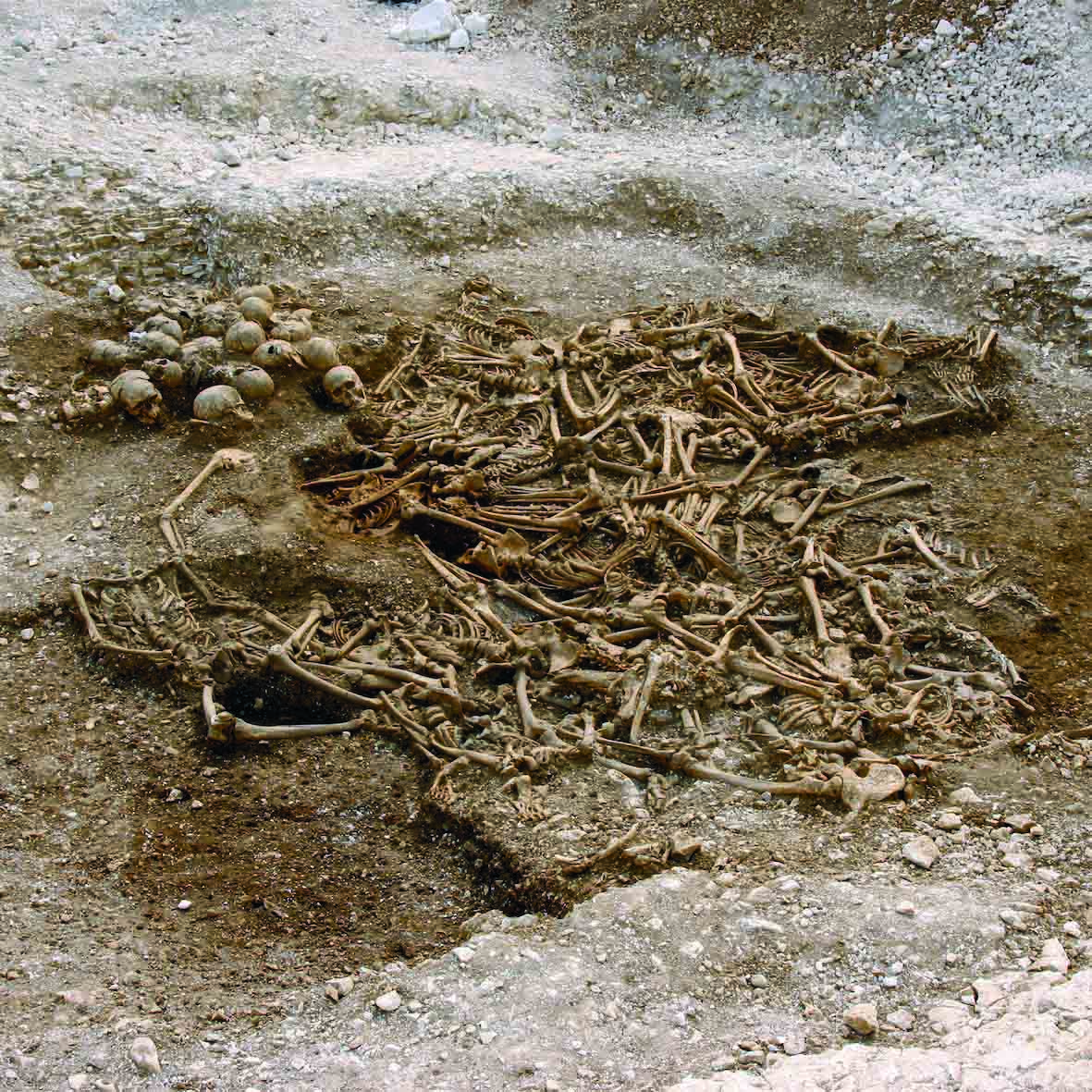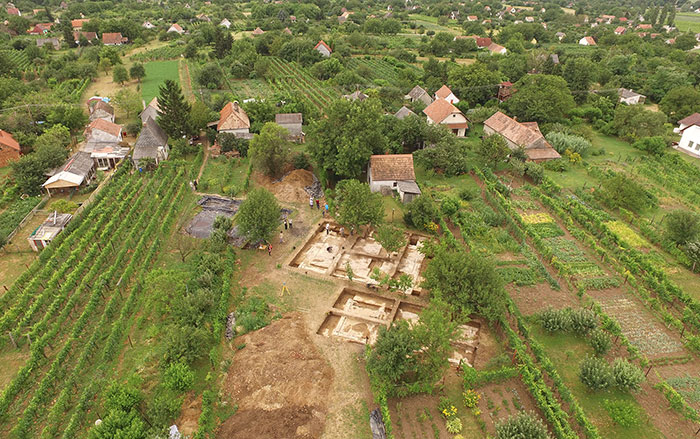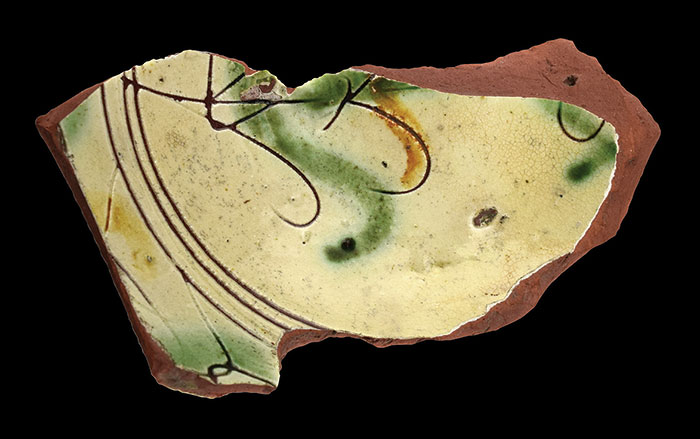CAMBRIDGE, ENGLAND—BBC News reports that a large-scale genetic study led by Eske Willerslev and Peter de Barros Damgaard of the University of Copenhagen suggests the Justinian Plague, which killed an estimated 25 million people in A.D. 541, may have originated in central and eastern Asia, and not in Egypt, as had been previously thought. The scientists analyzed the genomes of 137 people who lived between 2500 B.C. and A.D. 1500 and were buried in the steppe stretching from Hungary to northeastern China. An older version of the Justinian plague strain was detected in an individual from the Tian Shan mountains who died around A.D. 200, and a version dated to between the sixth and ninth centuries A.D. was found in an individual buried in North Ossetia, Russia. The disease was thought to have been brought to Constantinople by rats traveling on grain ships from Egypt, but Willerslev and Damgaard think it might have been carried by the Huns—a name given to the diverse nomadic groups who attacked the Roman Empire in the fourth century. “An appearance has also been found in Egypt,” Damgaard explained. “As such, increased interaction under the Hunnic and later the Turk Khaganate would have aided in bringing this plague strain through the Silk Road.” For more, go to “A Parisian Plague.”
New Thoughts on the Spread of the Justinian Plague
News May 10, 2018
Recommended Articles
Digs & Discoveries November/December 2025
The Egyptian Sequence

Top 10 Discoveries of the Decade January/February 2021
Neanderthal Genome
Vindija Cave, Croatia, 2010

Top 10 Discoveries of 2020 January/February 2021
Largest Viking DNA Study
Northern Europe and Greenland

Off the Grid January/February 2026
Prophetstown, Indiana

-
Features March/April 2018
The Viking Great Army
A tale of conflict and adaptation played out in northern England
 (Bymuseum, Oslo, Norway/Index/Bridgeman Images)
(Bymuseum, Oslo, Norway/Index/Bridgeman Images) -
Letter From Hungary March/April 2018
The Search for the Sultan’s Tomb
How archaeologists trying to locate the final resting place of Suleiman the Magnificent uncovered the remains of a crucial outpost of the Ottoman Empire
 (Courtesy András Szamosi)
(Courtesy András Szamosi) -
Artifacts March/April 2018
Sgraffito Slip-Decorated Plate
 (Courtesy Joe Bagley/Boston Landmarks Commission)
(Courtesy Joe Bagley/Boston Landmarks Commission) -
Digs & Discoveries March/April 2018
The Mesopotamian Merchant Files
 (Mike P. Shepherd/Alamy Stock Photo)
(Mike P. Shepherd/Alamy Stock Photo)


